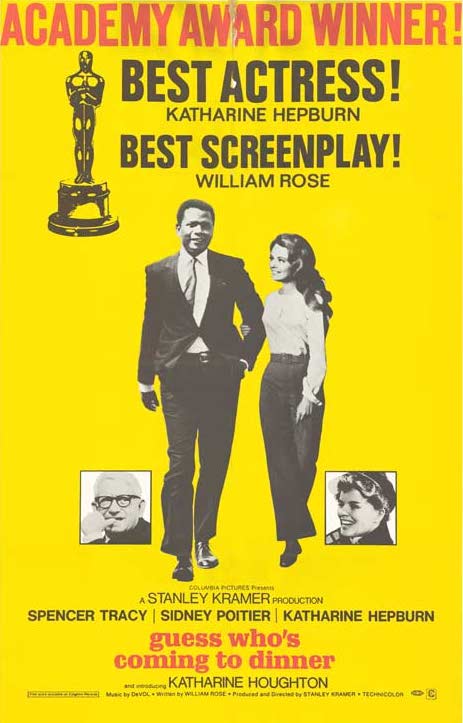A Year with Kate: The Trojan Women (1971)
 Wednesday, September 17, 2014 at 6:00PM
Wednesday, September 17, 2014 at 6:00PM Episode 38 of 52: In which even Katharine Hepburn and Vanessa Redgrave cannot save a 3,000 year old stinker.
 As a budding theater and film student, my freshman year of college I landed in Intro to Set Design. The professor, a thespian in the grand academic style garbed oversized scarves and an air of intellectual enlightenment, explained to us that our final project would be a rules-free design for The Trojan Women by Euripides. “After all,” she said with a weary sigh, “you can’t make it any worse.”
As a budding theater and film student, my freshman year of college I landed in Intro to Set Design. The professor, a thespian in the grand academic style garbed oversized scarves and an air of intellectual enlightenment, explained to us that our final project would be a rules-free design for The Trojan Women by Euripides. “After all,” she said with a weary sigh, “you can’t make it any worse.”
Low praise for high art, but her reasoning was sound. Though The Trojan Women is subversive and surprisingly modern in theme, the play seriously lacks structure. (The year Euripides offered The Trojan Women at the Dionysia theater festival, he placed second out of two.) Beginning immediately after the downfall of Troy, The Trojan Women laments the enslavement, rape, and murder of the women of the captured city. Unfortunately, Euripides fails to tie his diatribe to a plot until late in the play, resulting in a funereal dirge. Like Euripides’s tragedy, Michael Cacoyannis’s 1971 film adaptation is full to brimming with good ideas that ultimately fail to coalesce into something great.
One of these actresses steals the movie after the jump...










